Why Do Bees Make Honey and Beeswax?
Bees are well-known as important pollinators vital to global ecosystems. While bees come in various shapes and sizes, they all share a love for flower nectar and pollen. Some bees use nectar to make one of nature's finest creations: honey. So why do bees make honey? The answer is surprisingly simple.

Why Do Bees Make Honey?
Bees make honey to help get their hives through the winter. There aren't many plants alive during cold seasons, so bees store honey to get them by until plants begin flowering again. These insects need the energy from honey to vibrate their wings for flying and keeping their hives warm. However, bees must first put in a lot of work to make honey.
How Bees Make Honey
It takes hundreds of bees to make just one pound of honey. After worker bees collect nectar from flowers, they put it in honeycombs made from beeswax, and the nectar thickens over time to become honey. This process lowers water content and increases sugar content, giving honey antimicrobial properties that keep it from spoiling.
How Bees Make Beeswax
An often-overlooked part of the honey-making process is the production of beeswax. Beeswax is a substance secreted from bee abdomens and shaped with their mouths into hexagons. The bees use these tiny wax compartments to deposit eggs and store honey.
A honeycomb is a beeswax compartment specifically used to store honey. Honey bees will also use wax to cover nectar after placing it inside a honeycomb to form honey.
Honey and beeswax are both used by humans for many purposes, including:
- Food
- Soaps and lotions
- Candles
- Furniture polish
- Wound care
When possible, buy local products from beekeepers who genuinely care for their bees and the environment. A responsible beekeeper ensures they leave enough honey for their bee colonies to stay energized and healthy. You can also support bees by choosing companies that follow environmentally friendly practices, and who make donations to nonprofits that support pollinators. BeCause Tees is proud to support Pollinator Partnership.
How Honey Is Classified
Honey can come in many different forms. The most popular variations include:
- Soft set
- Cut comb
- Filtered
- Raw
- Multi-floral
- Mono-floral
The type of honey is determined by the degree of filtering involved and the range of flowers used by the bees to collect nectar. Multi-floral honey is made by bees visiting a wide range of flowers, while mono-floral honey comes from bees primarily sipping nectar from only one kind of flower. Mono-floral honey can often be more expensive due to alleged flavor enhancement. Popular flavors of mono-floral honey include clover, orange blossom and heather.
Why Do Bees Make Honey Sometimes But Not Always?
It's important to note that not all bees make honey or beeswax. Honey bees are the primary source of honey used for human consumption because they make the most compared to other bees. However, if honey bees are stressed out or sick, they may produce less honey or none at all.
Other bees, such as bumblebees, don't live as long as honey bees and often lead solitary lives. As a result, bumblebees may store nectar but don't produce honey in the quantities that honey bees do for their hive to survive.
However, all bees are vital pollinators that help keep plants healthy, especially the kinds of plants humans like to eat! Unfortunately, bee populations are declining worldwide.

Why Are Bee Populations Declining?
Bee populations are falling around the globe due to various factors, including pesticides, habitat loss, and disease. Some bee species have already gone extinct or are currently facing extinction. Other essential pollinators like butterflies and moths face similar threats.
Bees require pollen for nutrients and energy. They also need more than one plant species' pollen to stay healthy and resistant to disease. Limited access to pollen variety results in greater vulnerability to viruses capable of destroying entire hives. Droughts from global warming and the prevalence of monoculture in industrial farming reduce bee access to pollen variety.
Industrial agriculture is perhaps the biggest threat to pollinators. Industrialized farms are routinely sprayed with synthetic pesticides that kill beneficial insects like bees, as well as destructive ones like locusts. Pesticides are especially noxious because they seep into the soil and become absorbed by future generations of plants, rendering them harmful to bees and other pollinators.
Why are these dangerous practices still used, then? Many corporations make money off pesticides and other industrial farming methods. As a result, these entities constantly lobby to prevent bans on pesticides and deny correlations between their products and bee deaths.

What Can You Do To Help the Bees?
One of the best things you can do to help bees is to grow flowering plants, especially ones that bloom in early spring, since bees are desperate for fresh nectar by the end of winter. Many bees prefer native plants, which also benefit the surrounding environment. Additionally, try to grow a variety of plants throughout different seasons to keep up a steady supply of nectar for bees.
If you buy rather than grow a plant from seeds, ensure the plant wasn't previously treated with pesticides. Never use pesticides harmful to bees and other pollinators. Other ways you can help save the bees include:
- Telling other people about the threats bees face
- Buying local, sustainably sourced honey
- Prompting political representatives to take action
- Choosing organic produce
You can also make your garden bee-friendly by purchasing bee houses or making nesting blocks with untreated wood. If you come across bees, avoid disrupting their homes. Contact a local beekeeper if you're concerned about a beehive close to your house.
Why do bees make honey? Bees make honey to survive, but they and other pollinators currently struggle to do so. To learn more about pollinators and the struggles they face, check out our post How to Help Pollinators and Why It's Important: The Ultimate Guide.
Show off your love for bees and other pollinators with our Pollinator Collection designs. Every order funds the planting of trees and makes a donation to environmental nonprofits. 
Sources
https://www.buzzaboutbees.net/how-do-bees-make-honey.html
https://www.buzzaboutbees.net/beeswax.html
https://www.buzzaboutbees.net/types-of-honey.html
https://www.almanac.com/best-flowers-bees
https://www.greenpeace.org/usa/sustainable-agriculture/save-the-bees
https://extension.usu.edu/pests/factsheets/factors-contributing-to-bee-decline-PR.pdf

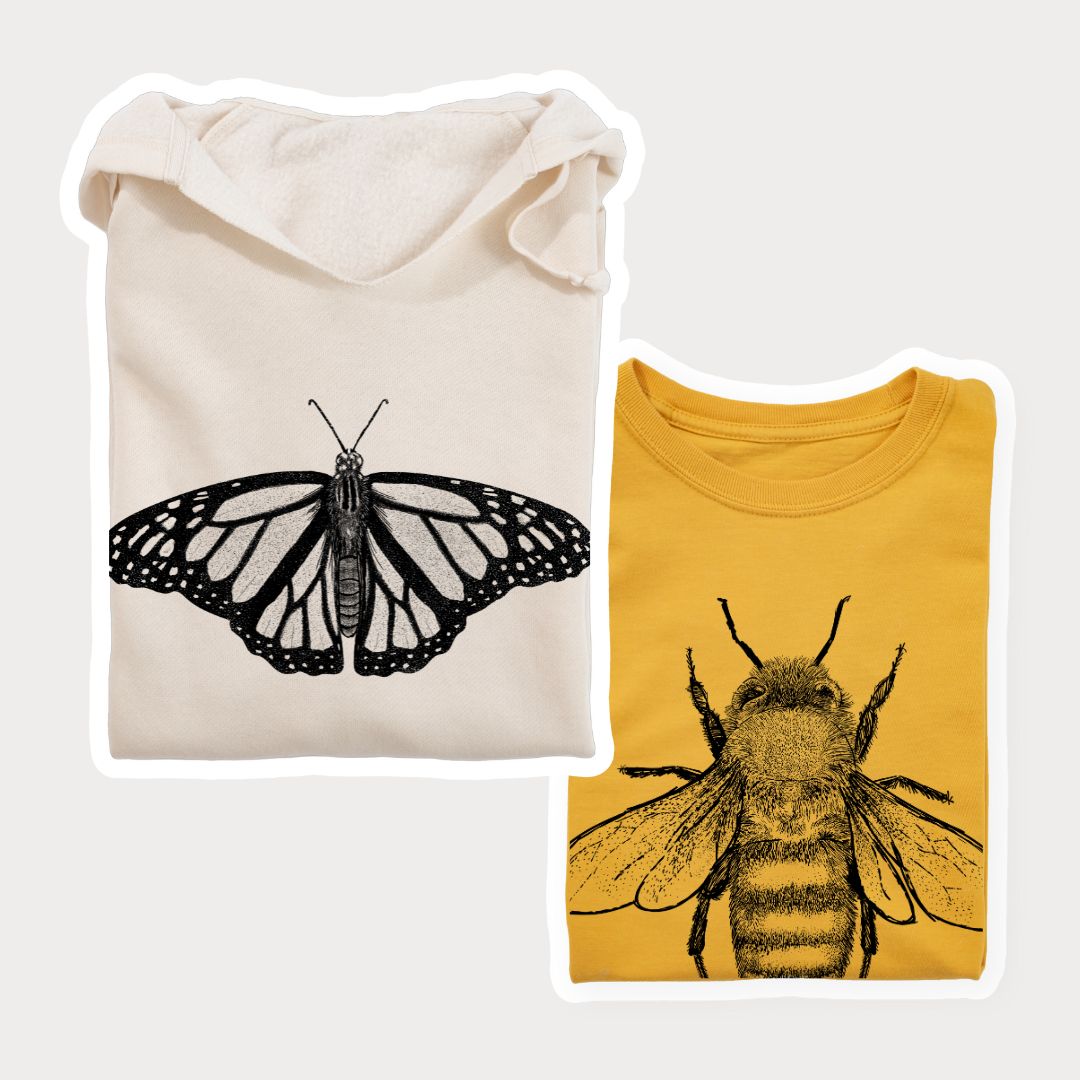
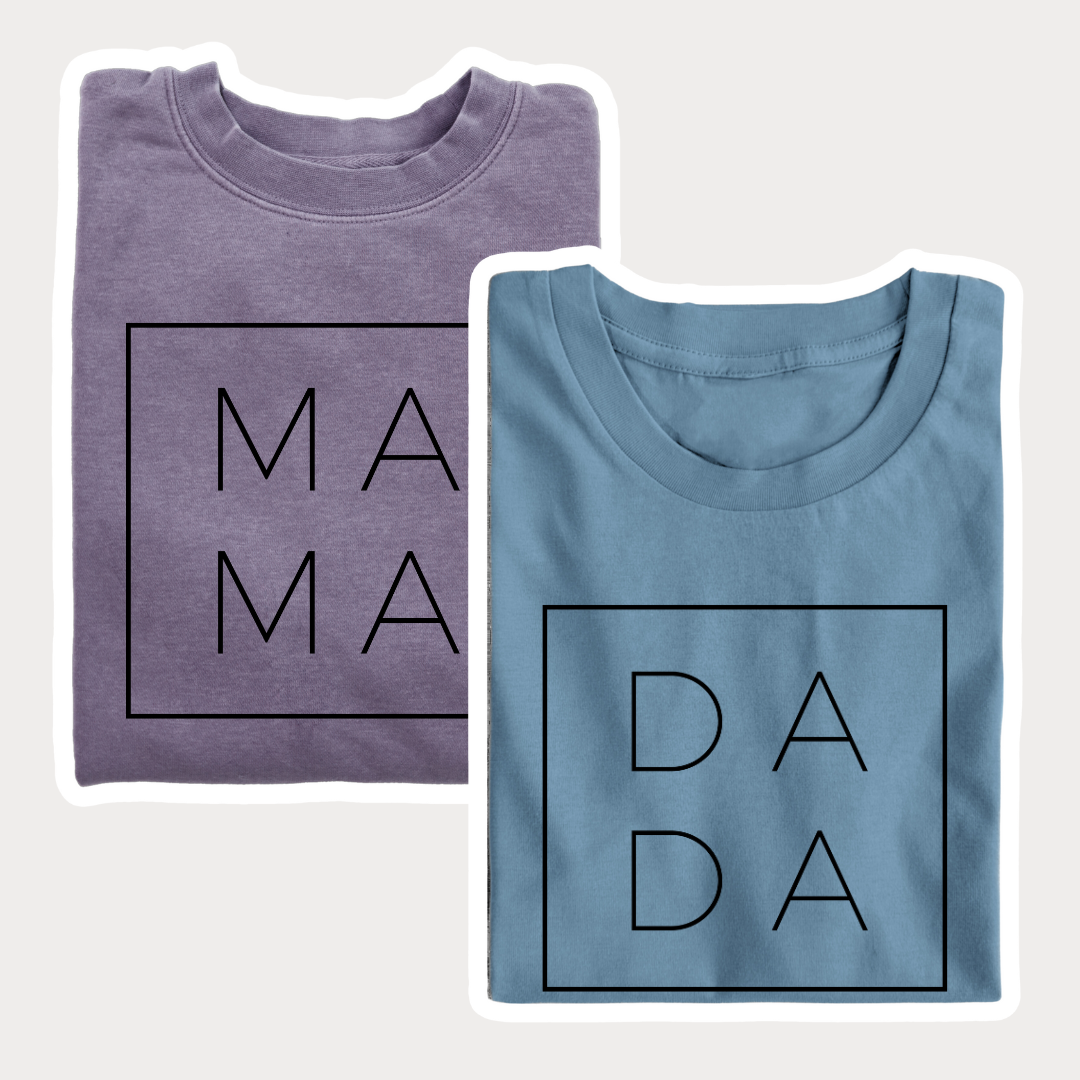


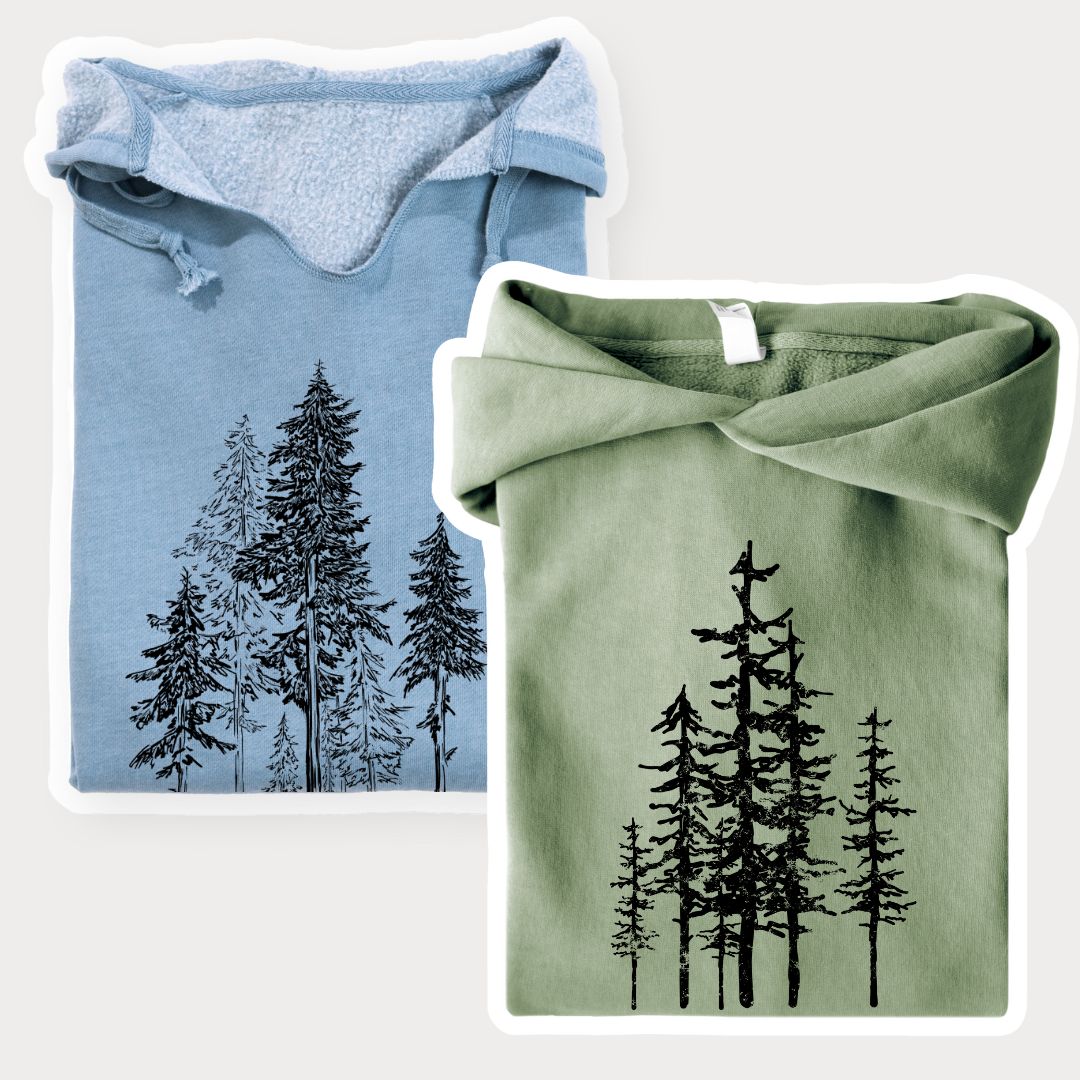
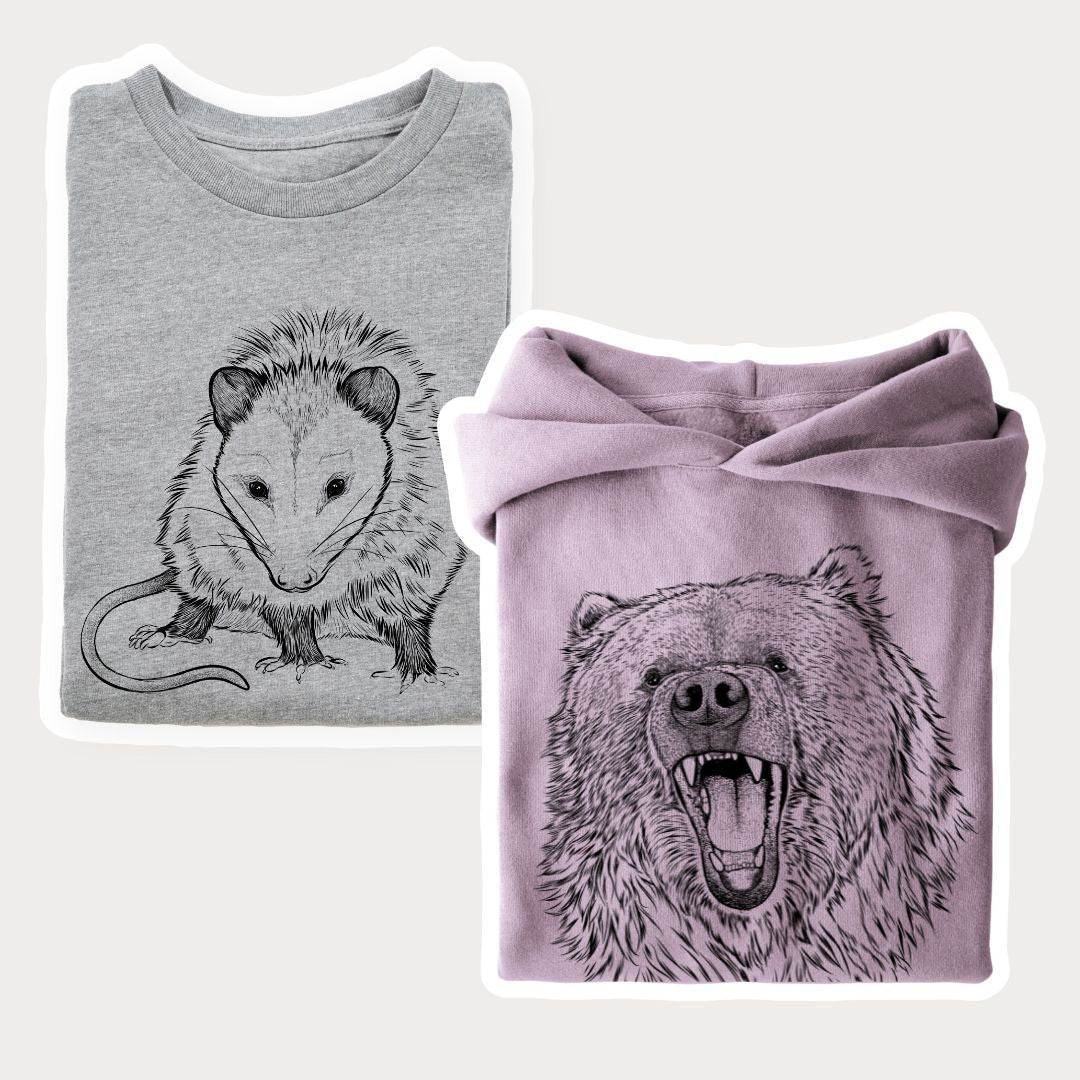




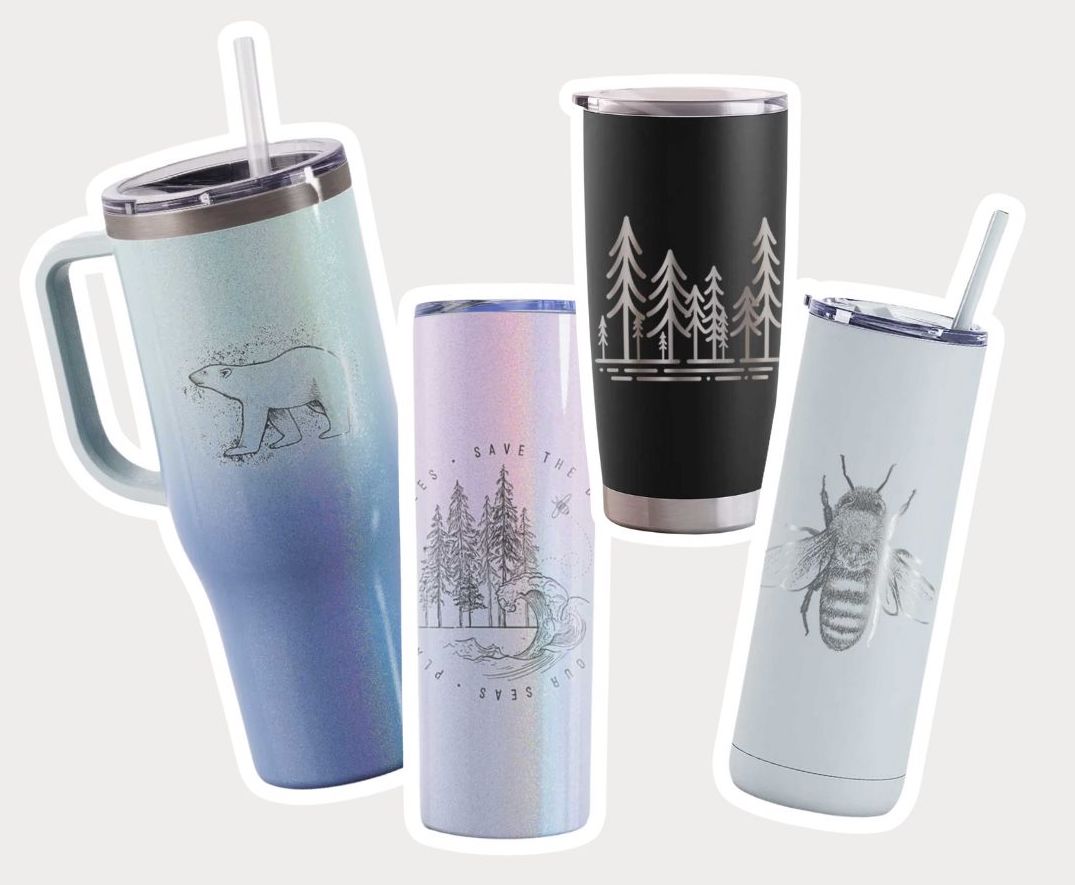

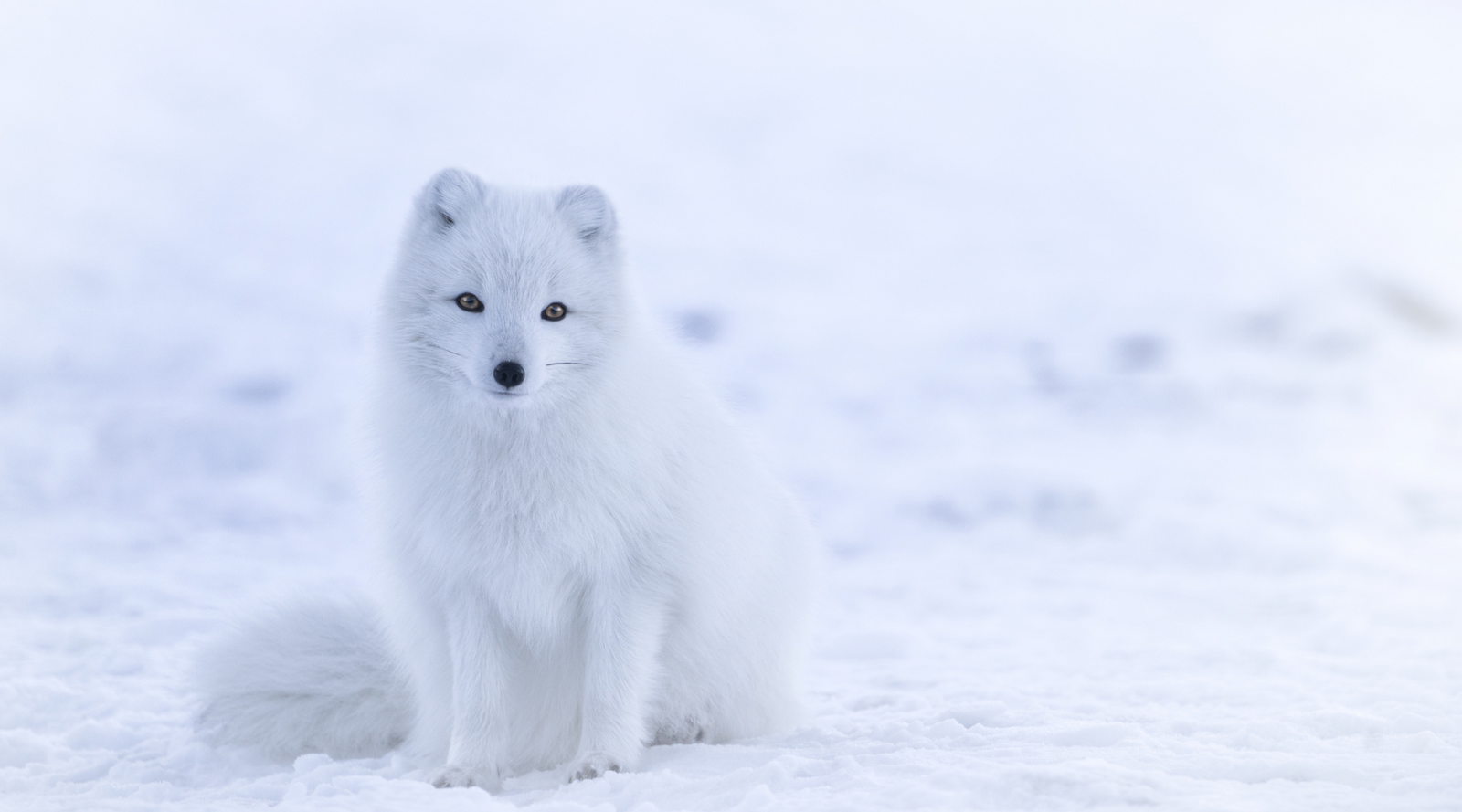

Leave a comment (all fields required)